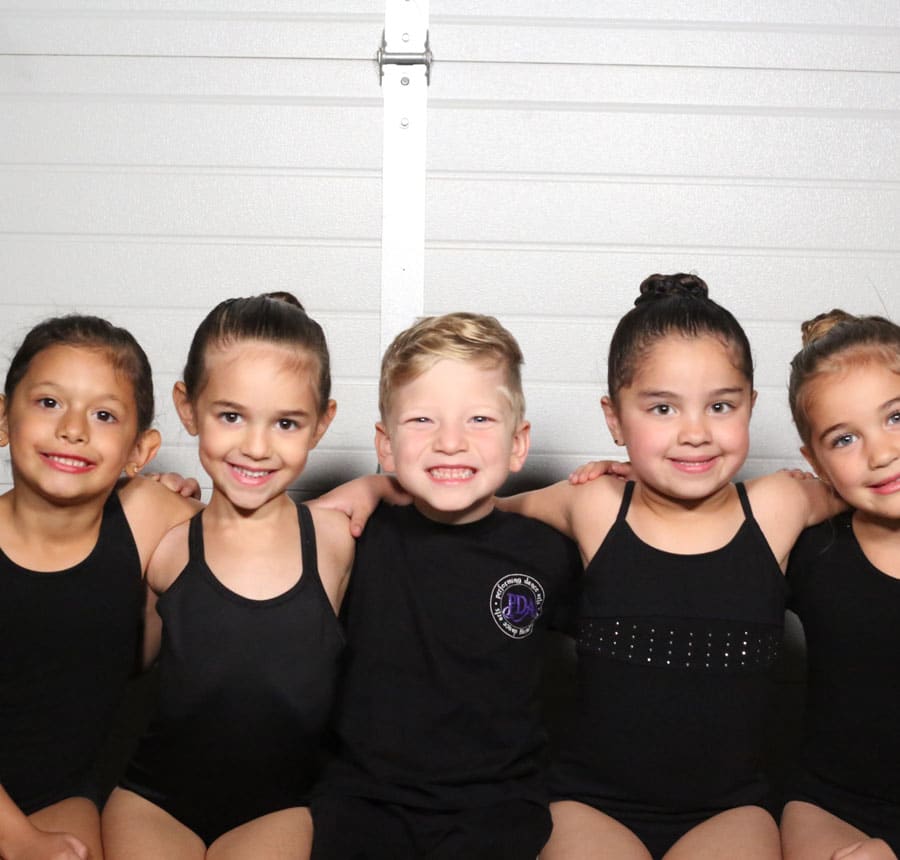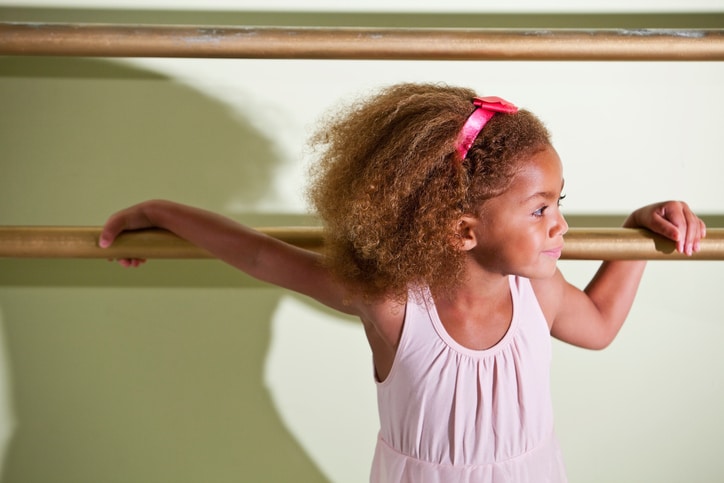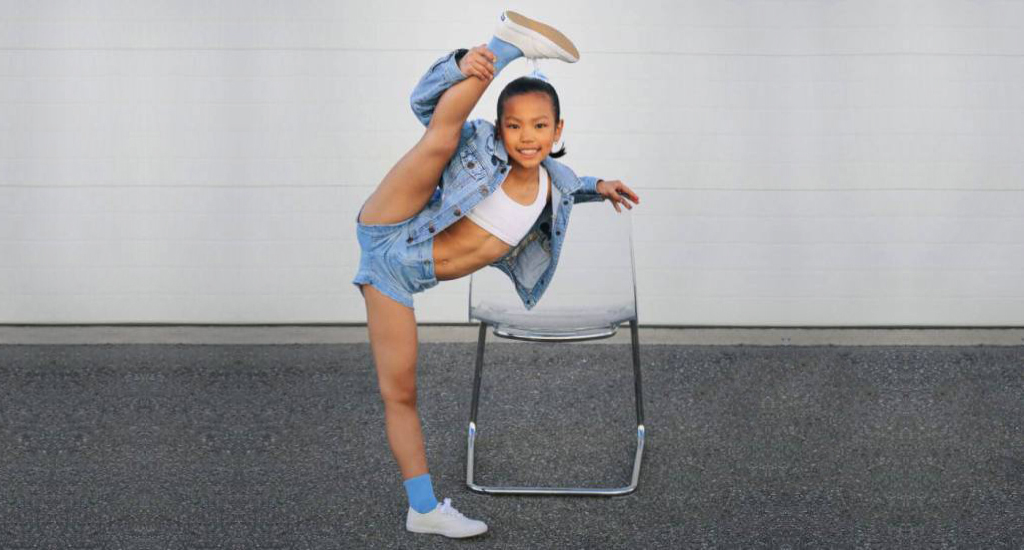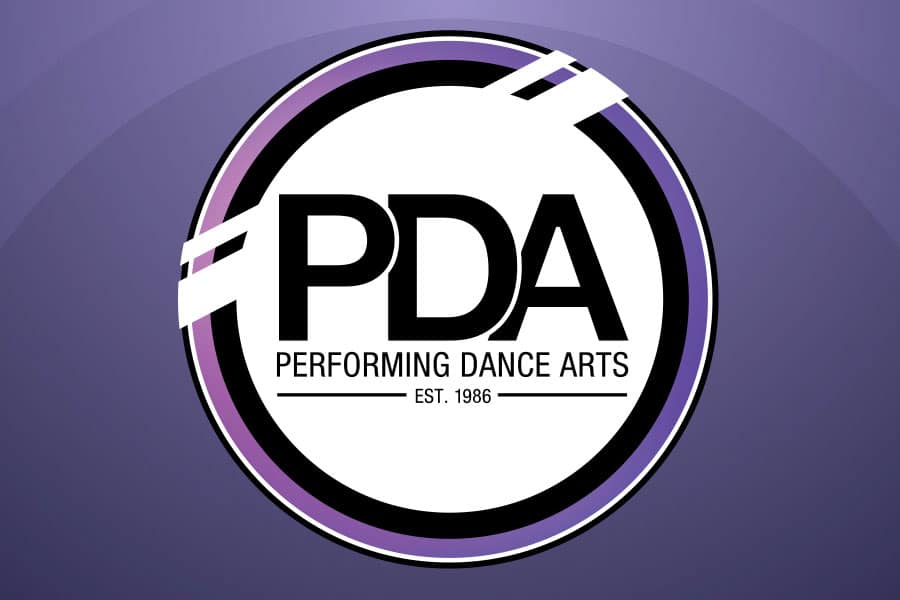Dance has long been seen as a powerful form of self-expression—an outlet to create and communicate emotion non-verbally. With its global reach, dance provides a unique opportunity for social change, particularly in the area of gender equality. Through movement, both boys and girls can gain confidence, foster body positivity, and develop skills needed to build self-esteem. This article aims to delve deeper into how dance empowers all genders by exploring the ways in which we can use this form of artistry to foster gender equality around the world.
Challenging Gender Stereotypes in Dance
Traditional gender roles have dictated who can participate in certain styles of dance, with strict expectations placed on both male and female dancers. For years, ballet has been considered “feminine” while the high energy of hip-hop has been labelled as a “boy’s corner”. While the tide of gender roles has changed in the past 20 years, there are many challenges that lie ahead for dancers.
From gender-specific clothing to performance movements, the dance world has been challenged to promote a more inclusive dynamic when it comes to gender roles. Male and female dancers across the dance world are advocating for change for a more accepting dance world of tomorrow.
The Power of Inclusive Dance Education
Unfortunately, it’s common for both male and female dancers to experience bullying or discrimination by fellow their dancers, teachers, choreographers, or the audience. Bullying and harassment is unacceptable. Dance is supposed to create a safe environment for self-expression and there is no room for discrimination in the dance community.
Inclusive dance education can help break down these gender barriers and create a more equitable environment for all dancers. By encouraging people of all genders to learn and appreciate various styles of dance, we can empower individuals to express themselves in ways that celebrate their unique identities, rather than confining them to gendered expectations.
Empowering Girls Through Dance
The digital dance culture is here and females of all ages are using dance to feel empowered in their own mind and bodies. Many activities place restrictions or limitations on a girl’s ability to express her emotions, creativity, and thoughts. Dance encourages it.
Dance classes are more than learning new steps and finding a passion. Dance is a tool in the development of one’s self-esteem, self-confidence, and self-worth. Improving one’s physical, mental, and emotional state of being through movement can lead to empowerment.
Encouraging Boys to Embrace Dance
With the presence of social media platforms, more young males are seeing the stigma of male dancers diminish. Male dance influencers on TikTok and Instagram have helped to educate not only young boys but people of all ages and genders to push back against the old society norms that dance classes are for “girls”.
Whether on stage, on film, or online, the number of male dancers is growing. From ballet and jazz to acro and musical theatre, the tide has turned for the better.
Fostering Collaboration and Equality
One distinct way dance promotes gender equality is through collaboration and teamwork. Dance classes often centre on encouragement, support, and motivation to continuously communicate and share responsibilities as a team.
There are hundreds of dance studios across the country that focus on the skills, dedication, and commitment of students and not limit the teachings based on gender. Working together, supporting each other, and creating a friendly environment allows for equality and inclusion.
Breaking Down Gender Barriers in Choreography
Dancers perform based on the choreography they are taught. To begin breaking the gender barriers, we must start with the composition of the performance. In ballet, it is custom to have the male dancer “lift” the female and escort the female off stage while the female dances on point and receive the flowers after a show.
While many female ballet dancers may not have the physical strength to “lift” the male partner, it is possible for the male to dance on point, receive flowers, and be escorted off the stage by a female.
Interrupting the gender roles for artistic directors is also possible. In a male-dominated career, it is not surprising that of the 467 choreographed pieces for the 2019-2020 season of 50 American ballet companies, nearly 80% were written by men.
Promoting Gender Equality Through Dance Performances
For observers, the gender equality movement in dance has advanced but is still challenged by “old ways”. For example, lessons have focused on the distinction that a man “leads” and the woman partner “follows” in a couple’s dance.
As the once stringent guidelines blur, more and more audiences are acknowledging subtle but impactful changes with dance performances. This can be seen with the development of different dance genres. Contemporary dancing has been in practice since the 20th century but has gained momentum in the past 50 years to the point where there are no “gender roles”. The ideology that dance should be for everyone changed the male and female roles of mainstream dance.
PDA Supports and Advocates for Inclusive Dance Education
The team at Performing Dance Arts welcomes children, regardless of their gender or gender identity. We believe every person who walks through our doors deserves mutual respect, attention, and support. Our Vaughan, Etobicoke, and Yorkdale studios are safe and inclusive environments for dancers to grow, improve their skills, and express themselves through the world of dance. If you’re looking for one of the best dance studios in Ontario, then get in touch with us today!




